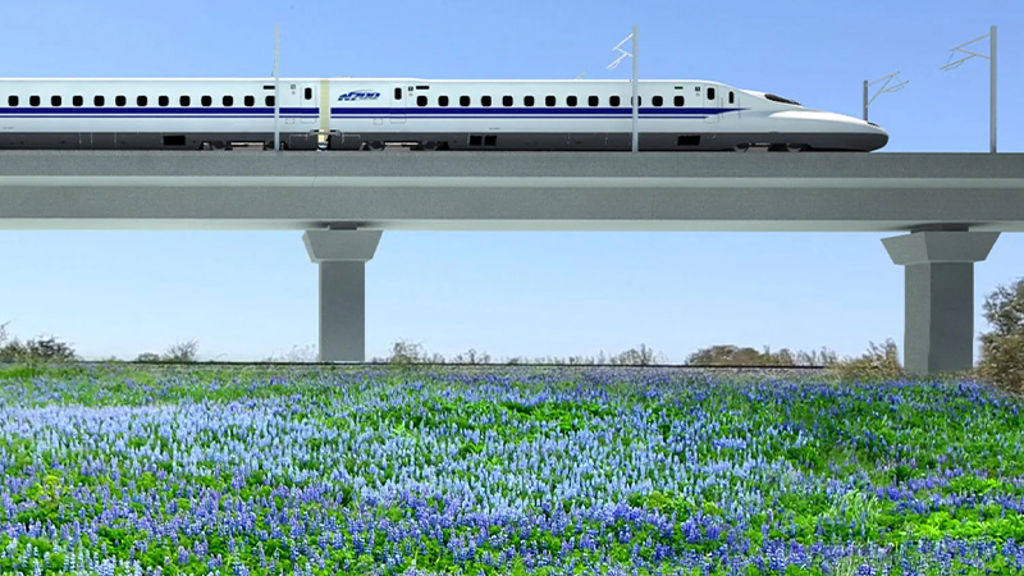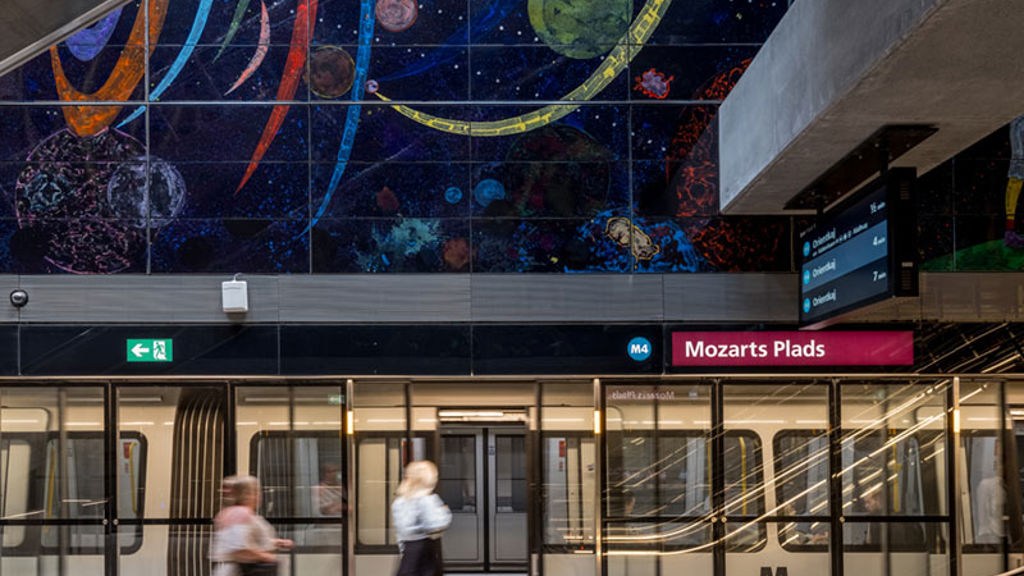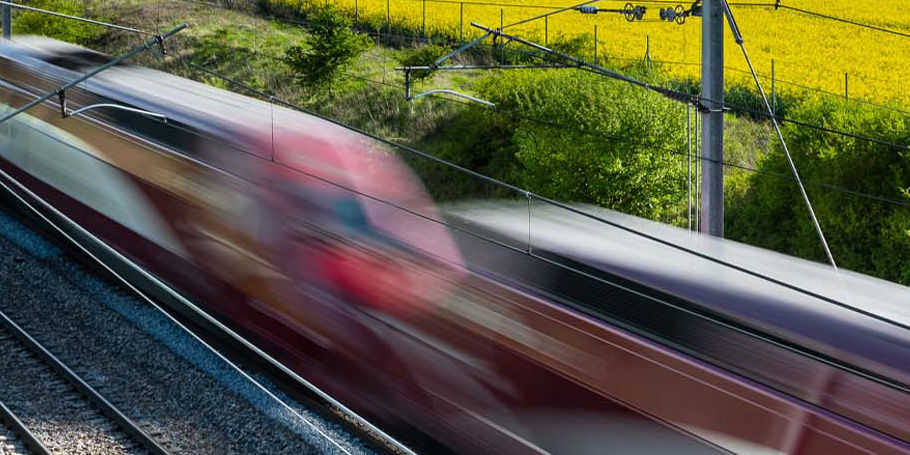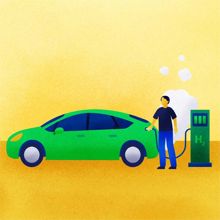Exploring the viability of hydrogen in aiding rail decarbonisation
Hydrogen Train Scotland

Meeting ambitious decarbonisation deadlines is a challenge for transport operators – achieving net zero is a complex, systemic transition and one that requires both new and bold thinking. In many countries, rail systems are powered by a mix of electrification and legacy diesel rolling stock.
On those latter parts of the network, the idea of emissions free operation might seem a distant prospect – yet in a recent joint venture project we’ve been exploring hydrogen as a replacement fuel. Our work assesses whether the adaptation of existing diesel-powered trains to zero emission, green hydrogen power can be a realistic, commercially viable and safe solution.
Hydrogen powered trains are not a new technology – a few countries and networks have already experimented with prototypes and there are trains in service in Germany. But in most contexts, hydrogen trains remain a new proposition, one that both presents the prospect of sustainable travel but also the need for considerable adaptation to the existing network’s structure and operation.
Answering novel questions on a novel power source
In a project led by Arcola Energy, we are part of a supply chain consortium to deliver a production-ready and safety certified hydrogen powered train for Transport Scotland via Scotland’s Hydrogen Accelerator at the University of St Andrews. The goal is to establish that hydrogen can be safely and effectively used as a sustainable alternative to diesel trains in areas where electrification would be more difficult (for example, where the electrification gap distance exceeds the capabilities of batteries alone) or is less economically viable. Transport Scotland has already committed to removing diesel trains from its network by 2035, in its Rail Services Decarbonisation Action Plan. Our rail engineering specialists have been developing the safety case for the hydrogen train, as well as a route-to-market assessment for the integration of hydrogen trains on the Scottish passenger network.
Why hydrogen?
We have already seen hydrogen engines developed for trucks, buses and even some private cars – the capacity to develop high performance vehicles powered on this abundant fuel are already well known in a road transport context. The proposed train would be a hybrid – powered by a hydrogen fuel cell with high power batteries to carry its energy on board, rather than relying on overhead lines. This immediately addresses the cost concerns with electrifying rural routes, a longstanding challenge across Scotland as well as many other regions world-wide.
As a net zero fuel at the point of use, the only waste product from burning hydrogen fuel is water vapour which is released in the form of droplets or steam. The result is a clean, zero carbon alternative to the diesel trains currently in operation, allowing many long-distance journeys to be completed without refuelling. Part of our role in the project is also to assess the potential requirements for refuelling and propose the most effective refuelling locations in respect of the wider hydrogen economy and infrastructure.
Exploring hydrogen safety
As a new fuel for rail in Scotland, conducting a comprehensive safety analysis has been a central priority. Modifying existing, often older rolling stock from diesel to hydrogen presents additional, specific safety concerns too. Issues like changing weight distributions must be evaluated. In addition, our specialist engineers in fire safety and structures support the design teams on rail industry standards compliance and prepare the documentation for submission to the rail assurance body.
Working alongside Arcola and Abbot Risk Consulting, we have provided technical safety support on all aspects of the integration of new hydrogen components to existing train rolling stock. This has included conducting hazard identification on the functional, structural and operational aspects of the train, as well as the refuelling and storage infrastructure at the demonstration site. The mitigations defined in each case have been integrated into the design of train-borne equipment, the operating concept, maintenance instructions, the route compatibility statement and the site layout.
A transitional fuel
Hydrogen is a potential solution for routes that have been identified by Transport Scotland in their Rail Services Decarbonisation Action Plan as requiring ‘alternative traction’, meaning that while they need to be decarbonised, electrification is not feasible. These routes are typically slower, long-distance or rural routes. Network Rail’s Traction Decarbonisation Network Strategy addresses the same issues at a UK level and it is clear there is a demand across the industry for hydrogen train solutions.
Hydrogen is also being considered as an option for ‘electric transition’ routes, which have been marked for electrification sometime between now and 2035. Rather than run diesel trains on these routes until they become electrified, hydrogen is being explored as a way to decarbonise these routes more quickly.
We are carrying out a thorough route assessment to highlight lines with good potential for hydrogen power, based on service patterns, topography, line speed, and proximity to hydrogen production and fuelling locations. We anticipate a future hydrogen fuel economy around the relevant lines, providing valuable job creation in remote Scottish communities from Aberdeen, across the Highlands to the Orkney Islands.
A vision of the future
The Scottish Government has committed to having the first hydrogen passenger service by the end of 2025. Our route to market study has analysed how demand for a hydrogen economy might develop, identifying the preferred routes for hydrogen and touching on the costs and benefits. The lessons from this demonstrator project are helping us to define the most effective way to package other trains to create a standalone, revenue-earning hydrogen fleet of trains within Scotland.
Following the safety proof-of-concept, the next stage will be to work with the supply chain, industry and investors to develop a strategy to expand the use of hydrogen-technology further across rail and other sectors.
What we delivered
-
Assessing the impact of hydrogen powered trains for a sustainable Scottish transport solution
-
Delivering a comprehensive safety analysis for hydrogen transition
-
Connecting Scotland’s remotest areas with a greener alternative to electrification
-
Submarkets
-
Services used
Get in touch with our team
Projects
Explore more rail projects:

Establishing the alignment for a high-speed train between Dallas and Houston
Texas Central High-Speed Train, United States of America

Realising a low-emission, efficient public transit vision for the Danish capital
Copenhagen Metro, Denmark

An ambitious station modernization program for New York’s subway system
MTA Enhanced Station Initiative, United States of America

Managing and supporting the delivery of sustainability services for California’s high-speed rail system
California High-Speed Rail Systemwide Sustainability Program, United States of America
Get in touch with us
If you'd like to speak to one of our rail experts about any of the issues raised on this page or a potential collaboration then please get in touch by completing the form.



